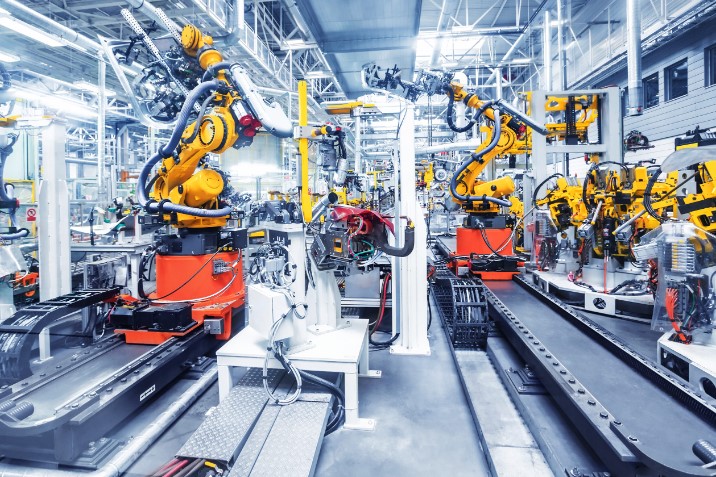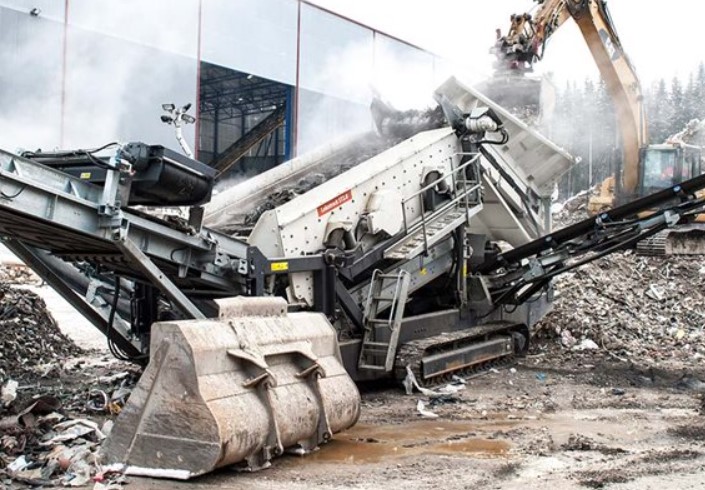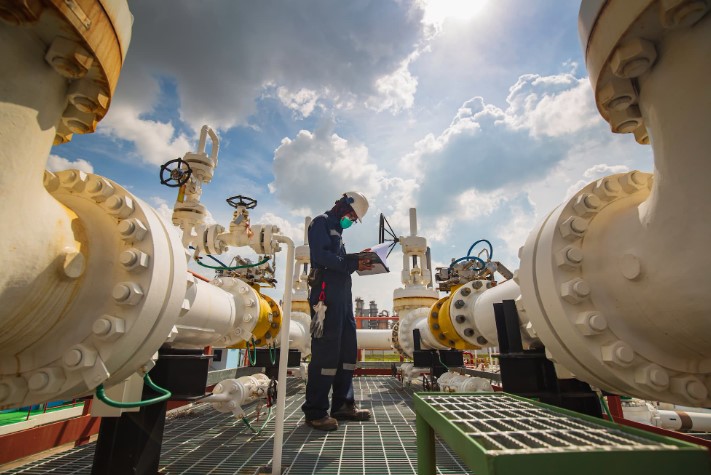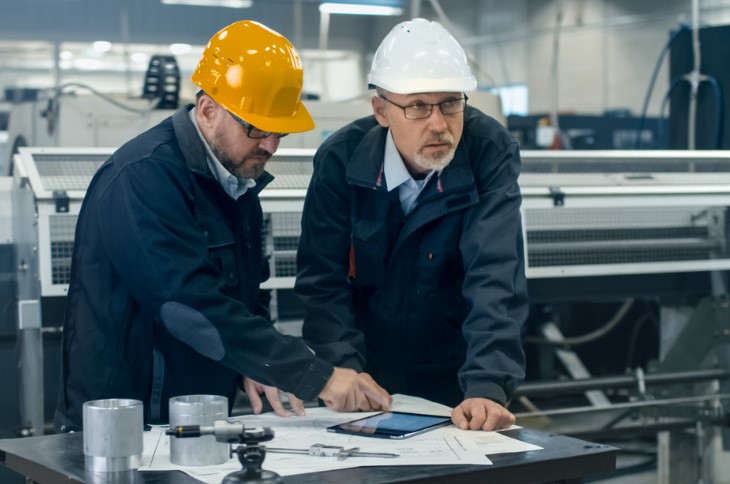
Maximizing Operational Efficiency: The Role of Machine Uptime and Availability in Manufacturing
In the fast-paced world of manufacturing, operational efficiency is key to maintaining a competitive edge. Central to this efficiency are the concepts of machine uptime and availability, which directly influence productivity and operational outcomes. Machine uptime is a critical metric that reflects the percentage of time machinery is functional and in use. It serves as an indicator of the reliability of equipment and the effectiveness of maintenance practices. High machine uptime means that equipment operates as expected, minimizing interruptions and maximizing production. Achieving this requires a focus on diligent maintenance, skilled operators, and investment in robust, reliable machinery.
However, uptime is only part of the equation. Machine availability takes a broader view, incorporating not just operational time but also the readiness of equipment to be used when needed. This means that even when a machine is not actively in use, it must be ready to operate at a moment’s notice to prevent delays and bottlenecks in production. High availability, therefore, is crucial for maintaining a smooth, efficient production process.
To achieve both high uptime and availability, businesses must adopt a proactive approach to equipment maintenance. Preventive maintenance—regularly scheduled upkeep to prevent unexpected failures—is one of the most effective strategies. By identifying potential issues before they escalate into major problems, companies can ensure that machinery remains operational and available, thus minimizing downtime and its associated costs.
In addition to maintenance, the skill level of operators and maintenance staff plays a vital role. Well-trained personnel can quickly identify and address issues, maintaining smooth operations and contributing to higher uptime and availability. Investing in high-quality equipment is another critical factor. Reliable machinery is less prone to failure and often includes advanced features that facilitate monitoring and maintenance, further enhancing uptime and availability.
Metrics like Mean Time Between Failures (MTBF) and Mean Time to Repair (MTTR) are useful tools for measuring machine uptime. MTBF provides insights into the reliability of equipment by indicating the average time between failures, while MTTR measures the average time required to repair equipment and return it to operational status. These metrics are essential for assessing the effectiveness of maintenance processes and identifying areas for improvement.
To further improve machine uptime and availability, businesses can adopt advanced strategies such as predictive maintenance. This approach uses sensors and data analytics to predict potential machine failures before they occur, allowing for timely interventions that prevent downtime. Regular inspections and upgrading to newer, more reliable equipment are also effective ways to enhance uptime and ensure that machinery is always available when needed.
In conclusion, mastering machine uptime and availability is essential for maintaining efficient and cost-effective operations in any industrial setting. By focusing on preventive and predictive maintenance, investing in high-quality equipment, and ensuring that staff are well-trained, manufacturers can achieve higher productivity, reduce costs, and enhance customer satisfaction.
Mastering Machine Uptime and Availability was created by Advanced Technology Services, an organization offering exceptional industrial plant maintenance services




